Over the past years, we have witnessed a tremendous effort made by the Owners in the increased importance given to the buildings operation and maintenance phase. This effort has also been made in changing the way that the life cycle of a building is seen, with regard to the costs of the several phases. According to some reports, only about 15% of the total costs of a building are applied in the construction phase. Not forgetting the huge effort by the Owner to reverse this scenario, there is still much to do.
Background
Over the past years, we have witnessed a tremendous effort made by the Owners in the increased importance given to the buildings operation and maintenance phase. This effort has also been made in changing the way that the life cycle of a building is seen, with regard to the costs of the several phases. According to some reports, only about 15% of the total costs of a building are applied in the construction phase. Not forgetting the huge effort by the Owner to reverse this scenario, there is still much to do.
In the table below, adapted from BS ISO 15686-5:2008 standard, you can see that the building construction is just one of the costs involved in the building whole life cost.
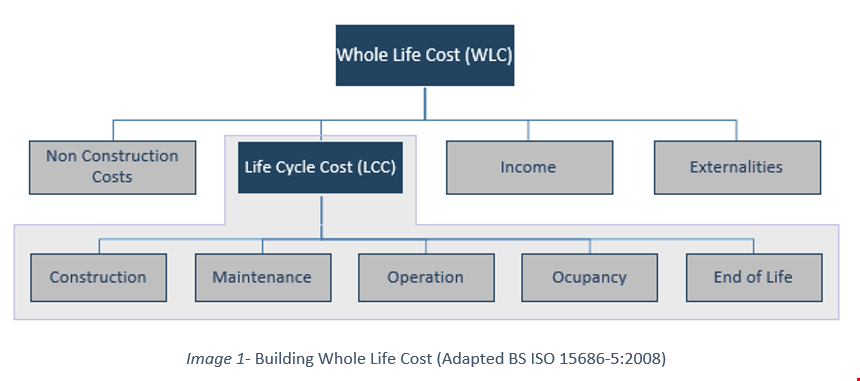
The increasing awareness of the importance of the operation and maintenance phase, which occupies about 80% of the total cost, leads to a need for building management after built, thus resulting in the Facility Management (FM). The FM is a resource management that integrates people, place and process to provide vital services to support the organization.
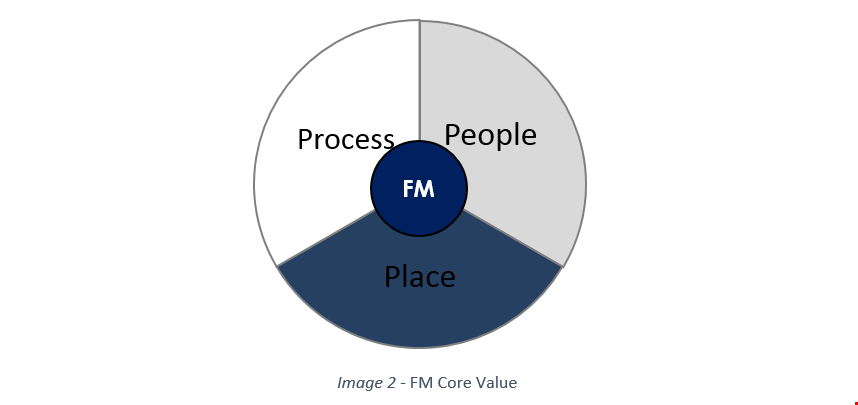
The progressive increase of the use of FM combined with the status that Building Information Modelling (BIM) methodology has achieved in recent years, leads to the need of change the current approach of facilities management. Thus, this type of management will be provided by the latest technological innovations such as the use of BIM.
Due to the fact that BIM model is more than just a three-dimensional model of the building, but a repository of information of the whole building, the integration of BIM methodology with FM becomes natural. So, the BIM-FM methodology consists, very briefly, in the application of facilities management (FM) using the functionalities offered by BIM model, whether from both the geometric model or a database containing all the necessary data of every element.
Implementation
There is no doubt about the value of the use of FM methodology and it’s generally accepted and proven that the use of this methodology brings an additional value to their organization. However, despite the unanimity regarding the return on investment resulting from its application, when referring to the BIM-FM, this is one issue that usually comes with its implementation.
Currently, some studies point to the validity of their financial return, yet, ndBIM advocates that each case must be examined individually because there are many factors to consider. Some of the factors that we consider essential in the analysis of each project are: the project type, the project status (new or existing), the existence of a BIM model, the use of some type of FM methodology and, if they exist, what types of outsourcing contracts.
Increasingly methodologies and tools arise that support and simplify the implementation process. One of the innovations that pushes the BIM-FM integration is the use of Construction Operations Building information exchange (COBie), since this makes it even simplest and fastest than the implementation of FM methodology. This was included in the roadmap for the implementation of BIM in the UK until 2016, being regarded as one of the minimum requirements the delivery of a COBie file.
COBie is a data standard and its focus is on delivering not geometric building information. Its purpose is to exchange information that is gathered during construction to be passed on to a building's facility manager. This approach leads to a change in the way that information is gathered, representing an added value to the owner.
To ndBIM, this is the best case for the application of BIM-FM methodology. In the situation represented, the implementation of the method does not provide any additional cost to the owner when compared to FM method, given the existence of the model and the properly organized information, which in conjunction with the software licence are the major costs of implementation. Instead, the BIM-FM application still finds advantages over the FM, the creation of specific data and 2D drawings to be used with the FM tool will not be required.
For current users of the FM methodology, the shift to BIM-FM does not represent a sudden change in how it is applied, but rather constitute an evolution. Currently there is a growing increase in the number of FM applications that aren´t BIM solutions, but already allow their connection with BIM models. This option leads that no losses occur from existing information, but rather a complement to it. This fusion, besides the expected advantages of the use of BIM-FM, improve the management of changes, eliminate the need for repeat 2D CAD drawings and facilitates visualization through 3D.
Another case which presents itself as one of the great examples of application is the government property and the fact of having multiple assets in a concentrated area. Thanks to BIM-FM, providing all the information about the property and equipment, including its location and track record, enables that maintenance teams aren’t just affects to a single property. Enables these teams to be mobile teams that can move to any of the properties, even unknowing it, with all necessary information, allowing fewer maintenance teams.
Another advantage with the use of BIM is the possibility to create energy simulations. Did you ever thought how much you could save on energy bills by changing the materials of your building? At a time when energy efficiency has become the focus of attention and a major global concern, the fact that the BIM model has the thermal properties of materials, allows the simulation of building energy without much effort or additional cost. It allows you to calculate the time for the return of your investment very easily.
For our customers to understand the process of BIM-FM implementation, we decided to show one of our case study applied to a School Center.
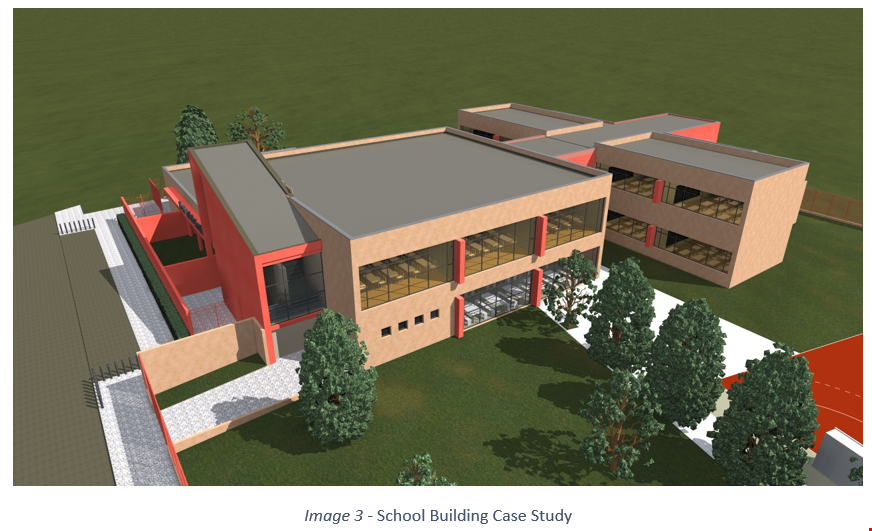
Case Study
This is an existing building and that does not have any type of BIM model or management system. For this implementation, it was decided to use ArchiCAD as modeling software and ArchiFM.net as BIM-FM solution. This type of information is critical to the development of the implementation plan, which is divided into 4 phases:
- Requirements Definition;
- Data Gathering;
- Modelling of the School Center;
- Integration with BIM-FM solution.
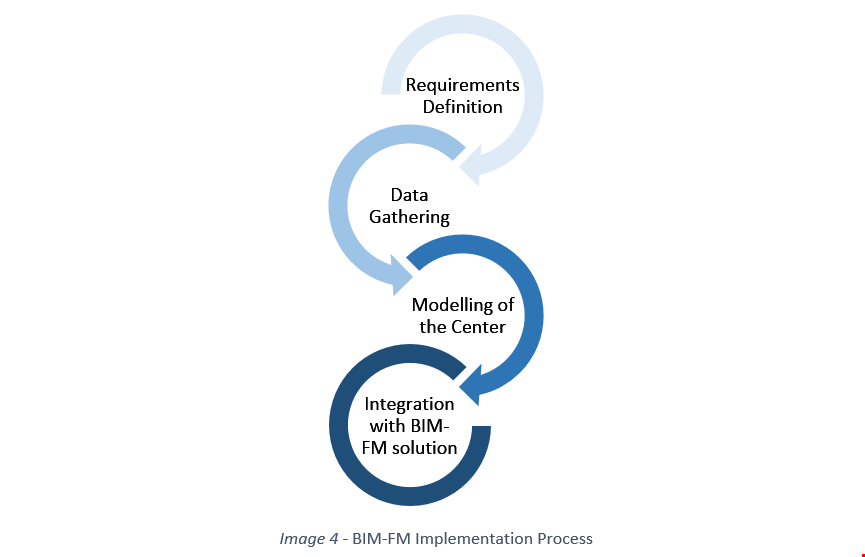
Requirements Definition
Defining the requirements is extremely important to establish the purpose of the model, in order to gathering and modelling only the really necessary data. Besides making the process longer, by introducing unnecessary information, with the model will become heavier. Furthermore, the fact that the solution used for the management be Software as a Service (SaaS), based on browser, makes this option even more essential. For this case, the following features were considered necessary:
- Contract Management;
- Maintenance;
- Stock Management;
- Establishment of key performance indicator (KPI’s) for Benchmarking.
Data Gathering
At this stage, it was considered not only gathering the data related to the drawings of the Center, required to modelling, but also the necessary information to manage it. The data about the building is all in digital format and represent the as-built.
Modelling of the School Center
The modelling of the Center was performed according to the existing drawings. However, due to some changes made after built, about which there is no information, a verification on field of these changes was necessary in order to represent the current state of the building, as-managed.
When performing the modelling of the Center, the information gathered for equipments was also inserted. Another care that must be taken into account in modeling relates to the specifications required for integration with the BIM-FM solution.
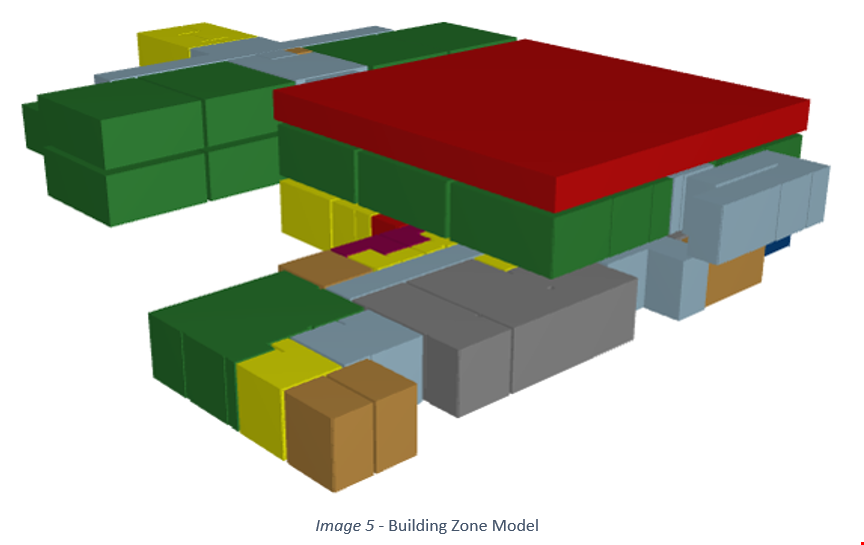
Integration with BIM-FM solution
After modelling the building and inserted the data into the right components, this was synchronized with the Archifm.net. After its synchronization, the remainder data was insert, this time through Excel sheets or directly in the browser application.
From this point, the whole process of management is done in ArchiFM.net that is updated when necessary with the BIM model.
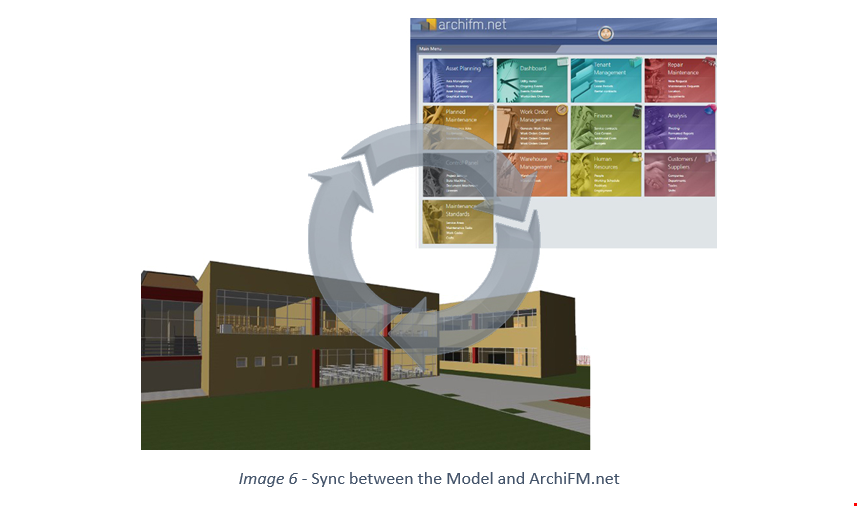
ADVANTAGES
With the implementation of this methodology several benefits are expected, depending how appropriate for the application. Some of these advantages are shown in the figure below.
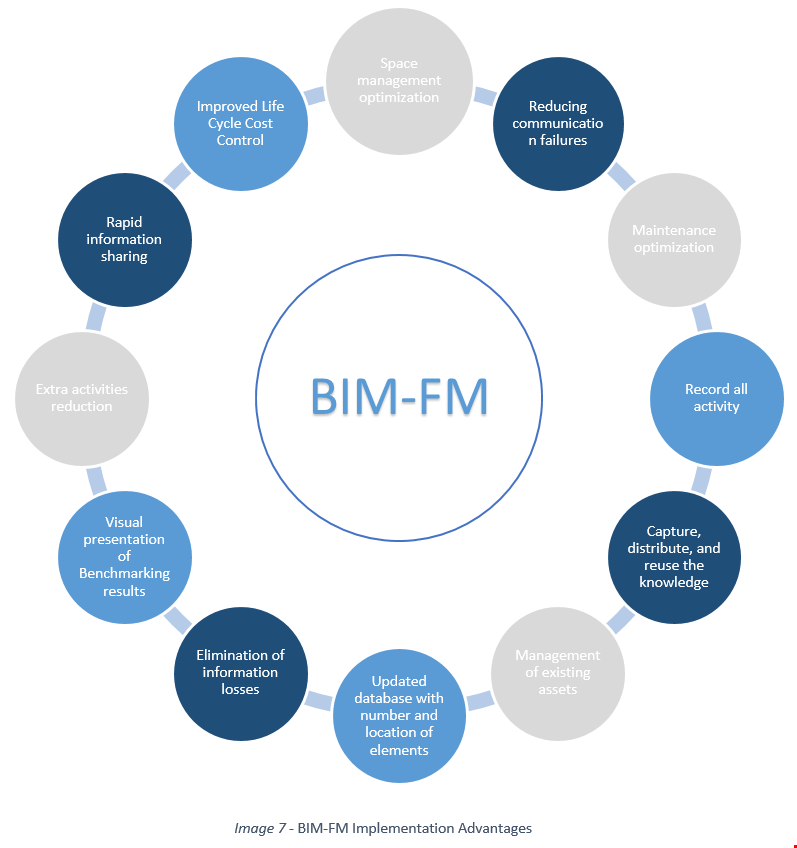
CONCLUSION
With technology progress, the adoption of BIM-FM methodology by the Owner is a logical, natural and inevitable step. Initially, and in line with what happens with many other methodologies, there is an initial inertia to change by some industry stakeholders.
This is a methodology of extreme interest due to the potential in the process optimization. While in the traditional process, facilities management is in a different phase of the remainder construction process, there is an abrupt transition between phases. With BIM-FM there is continuity between Operation and the others phases. This continuous process allows greater functionality and usefulness of the data for the Owner.
If you think that it’s important to manage your building, why not bet on the evolution of FM? Please, feel free to contact ndBIM to be your partner in this implementation. Together we will define the best future for your organization.
